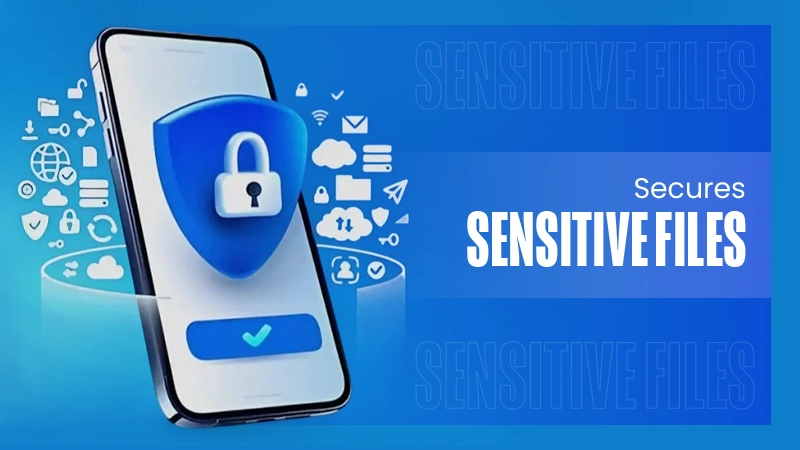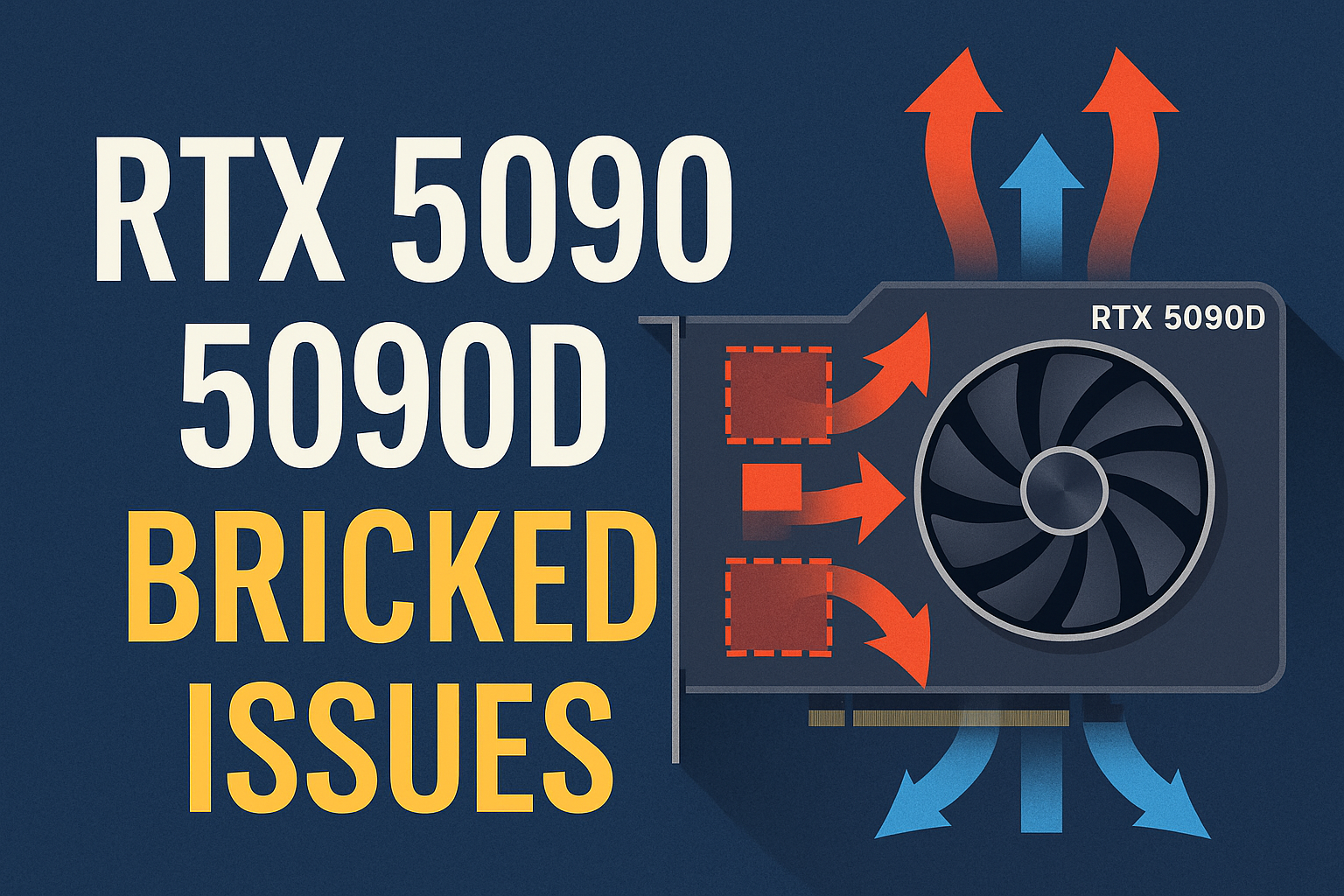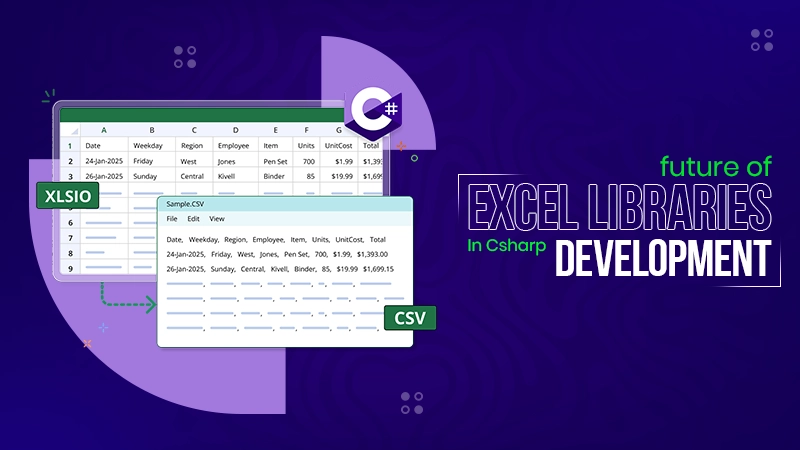From smartphones and tablets to laptops and TVs, these devices have become an integral part of our daily lives, especially smartphones. With the increasing number of devices comes an alarming problem i.e. device clutter.
Optimizing the performance of smartphones is of the utmost importance, especially concerning iPhones. You all must want your device to be functioning at their peak efficiency.
Over time, it gets bogged down with unnecessary data, causing it to slow down and hinder productivity.
But before we dive into the how-to’s of clearing system data on your iPhone, see these eye-opening statistics.
According to Asurion, the average person spends 4.7 hours on their phone each day. That adds up to 1,715 hours per year! Now imagine if your phone is not performing optimally; that would mean wasting precious hours of your life waiting for apps to load or struggling with a sluggish device.
Let’s take charge of your iPhone’s performance and optimize it for maximum efficiency together by learning how to clear system data on iPhone with 6 east-to-do methods.
Understanding System Data on iPhone and iPadOS?
Many iPhone users wonder what exactly is stored in system data on iPhone or iPad. To clarify, your device’s settings and files are stored. In detail, it includes system files, logs, caches, temporary files, and more that help your device run efficiently.
These behind-the-scenes data contribute to the overall performance of the device. Keep this in mind, it can also take up a significant amount of storage space over time. You must agree that the iPhone storage system data category is the hardest to maintain.
This accumulation may lead to sluggish performance and limited storage capacity for new apps, photos, and videos.
Now the question arises, “How To Clean iPhone Storage”. The answer is simple, by taking proactive steps and clearing out unnecessary system data regularly, you can ensure that your iPhone operates at its best capacity without any hiccups. Also, learn What Is True Tone On iPhone by clicking on this link.
Step-by-Step Methods For Clearing System Data on iPhone
Are you experiencing slow performance and running out of space on your iPhone? It might be due to system data iPhone, so it’s time for action or to clear out that pesky system data that’s taking up valuable memory on the device. Here are simple step-by-step methods to help you declutter your iPhone and optimize its performance.
Method 1: Clear App Cache and Offload Unused Apps
App cache is a hidden junk that accumulates unnecessary data over time from various applications. This buildup not only takes up precious space but can also slow down the device’s performance. By clearing the app cache, you’re essentially giving your iPhone a breath of fresh air. Follow these steps to clear them:
- Go to the Settings app on your device.
- Scroll down and tap on “General”.
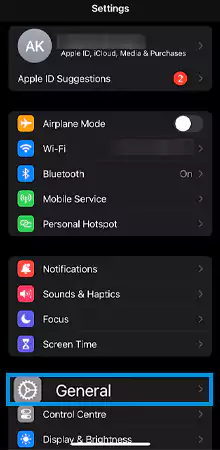
- Now, tap on “iPhone Storage”.

- Select the app for which you wish to clear the cache. For example, select “LinkedIn”.
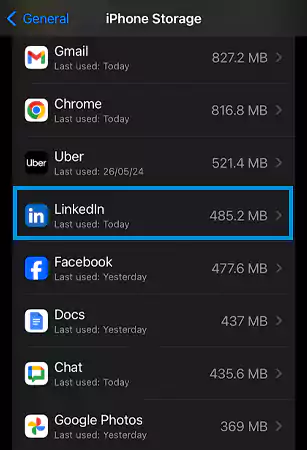
- Tap on “Offload App”.
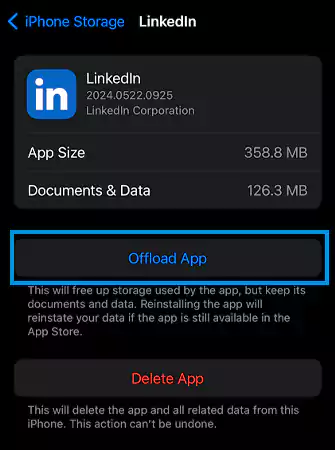
- Confirm the action by clicking on “Offload App” when prompted.
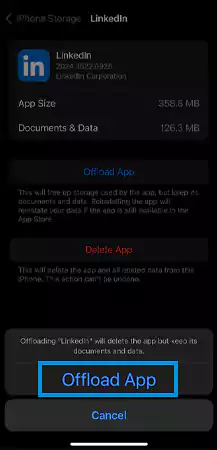
- Repeat this process for other apps that you want to clear the cache for.
Now you have the option to either offload or clear cache from apps one by one or let your device automatically offload apps. For that follow these steps:
- Return to “Settings” and tap on “App Store”.
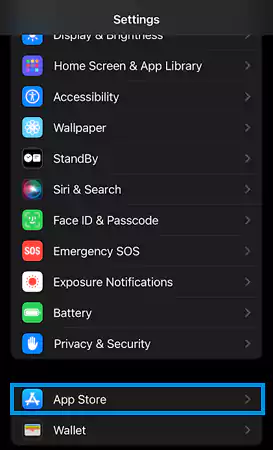
- Scroll down a bit and toggle on the option for “Offload Unused Apps”.
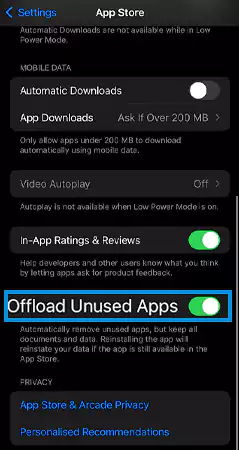
This will automatically delete apps that have not been used in a while, but keep their data so you can easily re-download them if needed.
Method 2: Clear Browsing History and Website Data to Free-Up Space
If you’re constantly running out of iPhone storage system data space one effective way to free up iPhone system data is by clearing your browsing history and website data. Over time, these files can take up a significant amount of storage on the device.
To clear your Safari browsing history and website data, follow us:
- Launch the Settings app on your device and click on “Safari”.
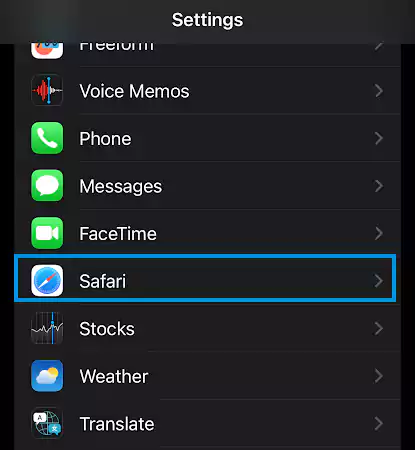
- Scroll down and select “Clear History and Website Data”.
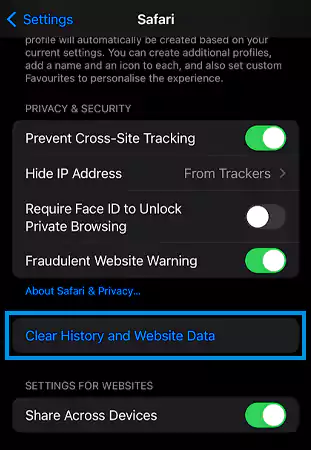
- A pop-up window will appear asking you to choose how far back you want to clear your browsing history. You can select from options such as “Last hour”, “Today”, “Today and Yesterday”, or “All history”. Once you have selected the preferred time frame and “Additional Options”, click on “Clear History” to confirm.

To clear your Chrome browsing data, follow these steps:
- Launch Chrome app and tap on the “three-dot icon”.

- Click on “History”.

- Next, tap on “Clear Browsing Data…”.
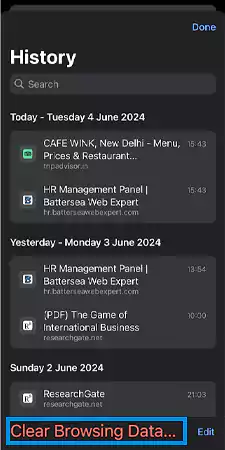
- Select a time range from “Last Hour”, “Last 24 hours”, “Last 7 days”, “Last 4 Weeks”, or “All time”. Also, From a list of options on what data to clear, select the kind of data to clear from “Browsing history”, “Cookies, Site Data”, and “Cached Images and Files”. Finally, click on “Clear Browsing Data” to confirm and clear the history.
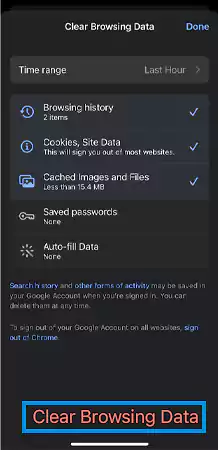
This is how you can take a few minutes to clear out that digital clutter.
Method 3: Remove Large Attachments to Lower System Data
Deleting large message attachments is a simple yet effective way to clear system data iPhone. Here is how to do it:
- Just like you did when clearing cache data, go to Setting, then “General”, “iPhone Storage”, and tap on the “Messages” app.
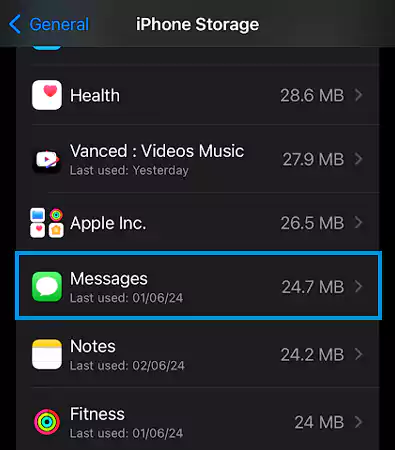
- Now, under the document section, tap on any of the category from Top Conversations, Photos, and Videos.
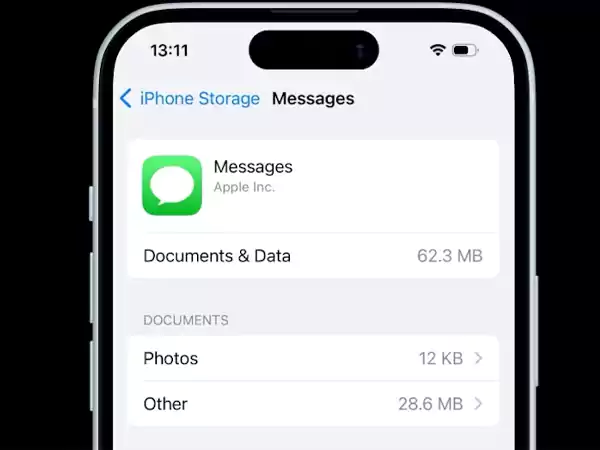
- In the respective category, delete the useless attachments.
Method 4: Delete iPhone Local Backups
Saving media to iCloud and wondering “why is my System Data so high?” That’s because everything you save to iCloud is still stored on your iPhone. Removing local backups in iCloud is the answer to the question “How To Clean iPhone Storage”.
Here is how to do it:
- As you do, open Settings and tap on your name or profile picture.
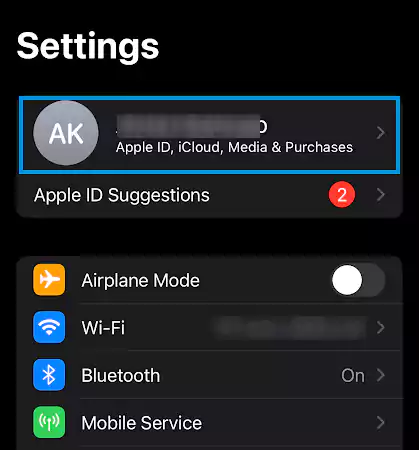
- Tap on “iCloud”.
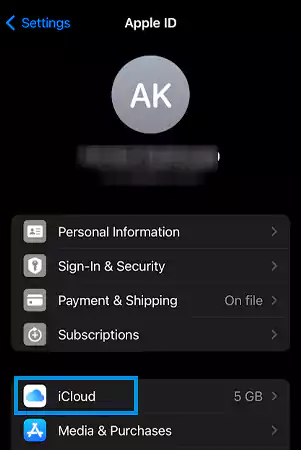
- From the directed page, click on “Manage Account Storage”.
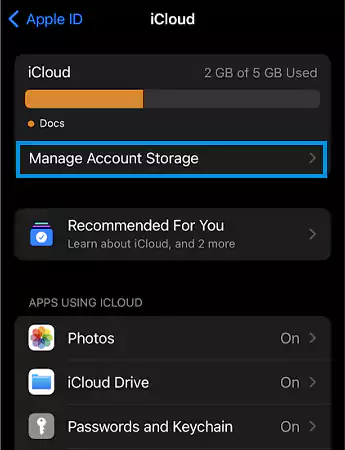
- Tap “Backups”.
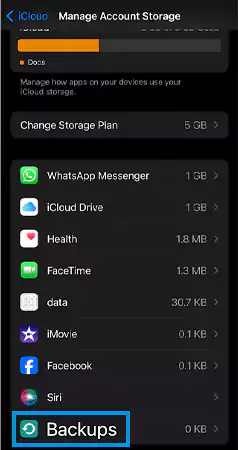
- Choose the device whose backups you’d like to delete. For example, “iPhone”.
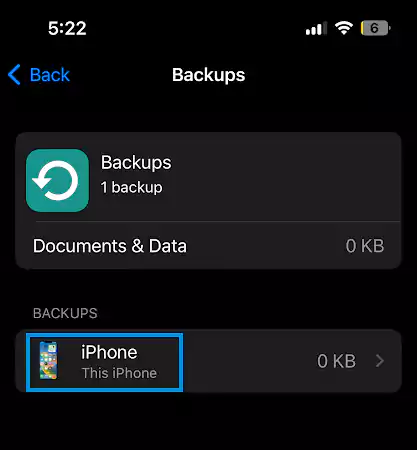
- A list of all local backups for your iPhone will appear. Select the backup you want to delete and click on “Turn Off and Delete from iCloud”.
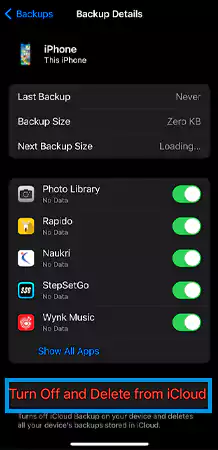
Keep this in mind that doing this also turns off the function that creates automatic local iCloud backups of your iPhone. But, you can turn that on again.
Method 5: Update Software of Your iPhone
Apple regularly releases software updates to address bugs, enhance security, and boost device efficiency. By keeping your iPhone up-to-date, you can ensure that it operates smoothly and efficiently. To update your iPhone’s software, follow these simple steps:
- Connect your iPhone to a stable Wi-Fi network.
- Open the Settings app on your iPhone.
- Scroll down and tap on “General”.
- Tap on “Software Update”.
- Your iPhone will check for any available updates.
- If an update is available, tap on “Download and Install”.
- Enter your passcode if prompted.
- Agree to the terms and conditions and wait for the update to download.
- Once downloaded, tap on “Install Now”.
- Your iPhone will restart and install the update.
- After the installation is complete, your iPhone will restart again.
Method 6: Factory Reset Your Device
If all else fails, the only option left is factory resetting your device. But first, make sure to back up all your important data, as a factory reset will erase all the data on your iPhone. See how:
- For backup, connect your iPhone to a Mac.
- Launch Finder or iTunes.
- Select your device.
- Now click on “General” and then on “Back up all the data on your iPhone to this Mac”.
- Select or tick on “Encrypt local backup”. This will securely preserve account passwords and Health data.
- Finally, tap on “Back Up Now”.
Once you have backed up your important data, you can move ahead with factory resetting.
- Go to “Settings”.
- Tap on General” and then on “Transfer or Reset”.
- Up next, click on “Erase all content and settings”.
- Click on “Continue”.
- Enter your “Passcode” if prompted.
- Input your “Apple ID Password” and tap “Turn Off”.
- At the end, tap on “Erase iPhone”. This will factory reset your device.
Now, you can connect your device back with Mac, launch Finder or iTunes, go to General and click Restore Backup.
Conclusion
To conclude, it’s of utmost importance to regularly declutter and optimize your devices for optimal performance. This article is all about it.
By following the methods and steps on how to clear up system data on iPhone outlined in this article, you can effectively declutter your iPhone’s system data, optimize its performance, and free up valuable storage space.
Either through methods like factory resetting, clearing browning history, removing large attachments, updating software or managing storage, there are various ways to declutter the device and keep it running smoothly in 2024.
Implementing these process will not only improve its speed and efficiency but also enhance your overall user experience.
So, take control of your iPhone’s performance today by implementing these processes to keep it running smoothly in 2024 and beyond.
Also Read: How to Scan on iPhone? 3 Tried & Tested Methods (2024)

